3 Simple Ways to Revive Soil

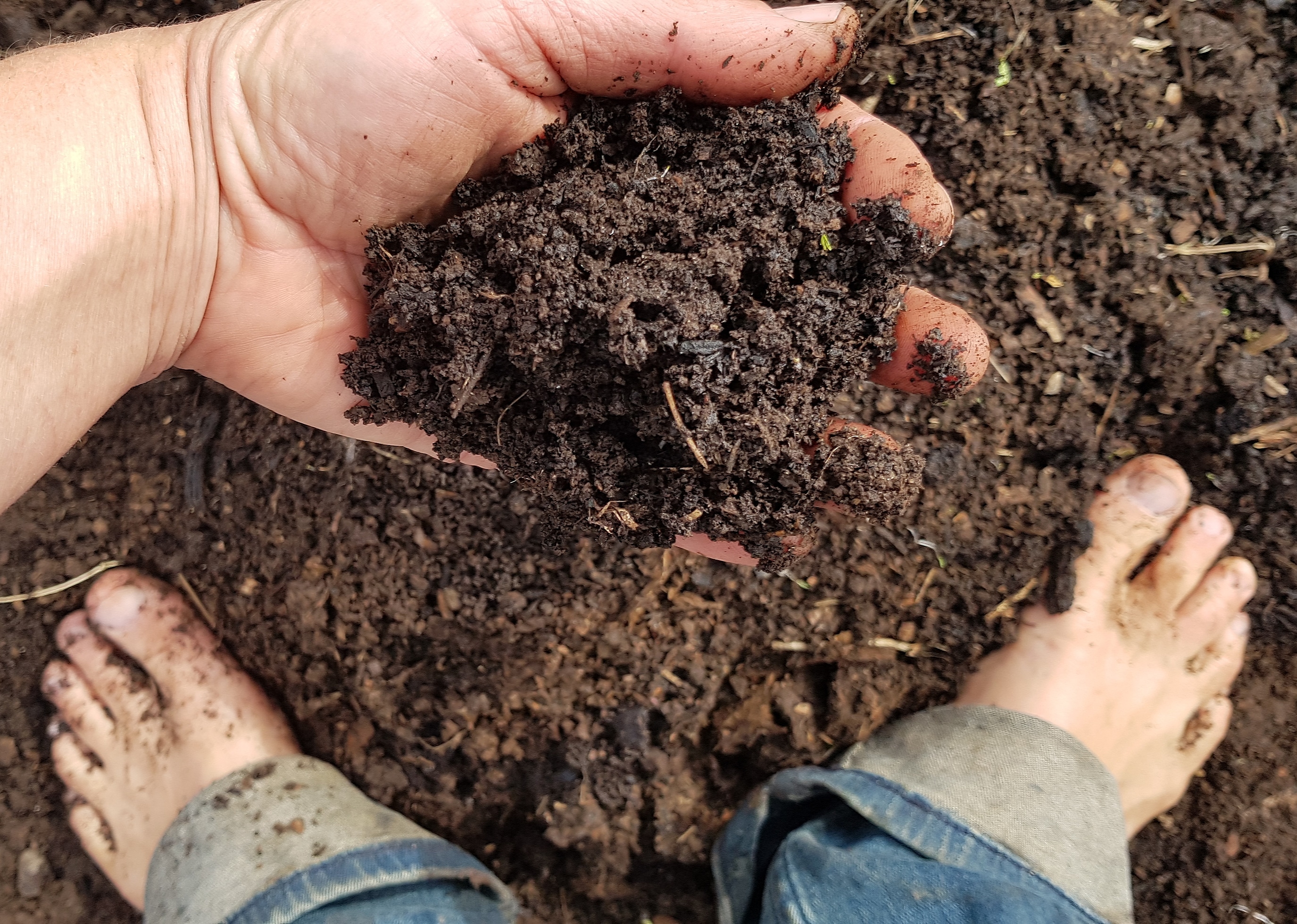
In an ideal world, our soils don't end up hungry and tired. We take care of them in a little and often way so they stay juicy + wormy in order to sustain the demands of production. But - hey, it happens.... life happens! And when it does, here's some simple solutions to get you back into easy production.
Before we get to our soil revivers though, check in with your soil with a quick DIY soil test. Don't ask google - go to the source and check your soil! If you discover dry soil, rehydrate it before continuing. Hydration is an essential building block, and is your go to kick starter for soil restoration.
3 Soil Revivers
Covering soil with plants is the best way to jazz it up and bring it back to life. Sow or plant - right away! Fertility goes backwards fast when soil is naked.
1. Sow a greencrop
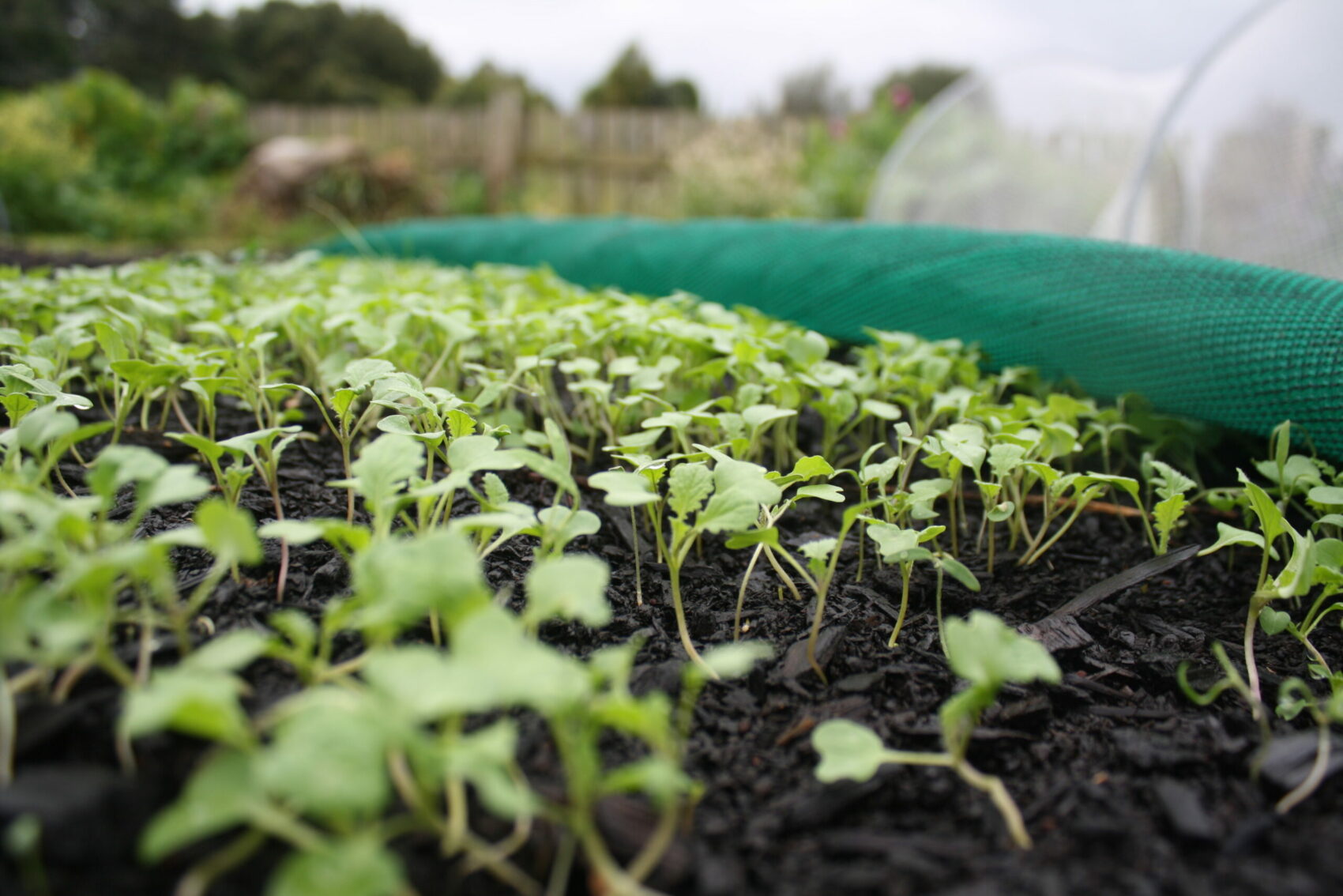
Nourishing greencrops are the best.
- Spread a fine layer of compost, slightly thicker if soils have been really dry or wet. Vermicasting's are a fabulous addition - either alone or mixed in to bulk up your compost.
- Then sow a life giving, mixed greencrop. It's so reassuring having greencrops on the grow. They are the foundation for the next round of crops = steady fertility, and so easy to plant your next crop into.
- Peg shadecloth or hessian on top to protect from birds and improve germination no end.
2. Plant or sow a light-feeder crop
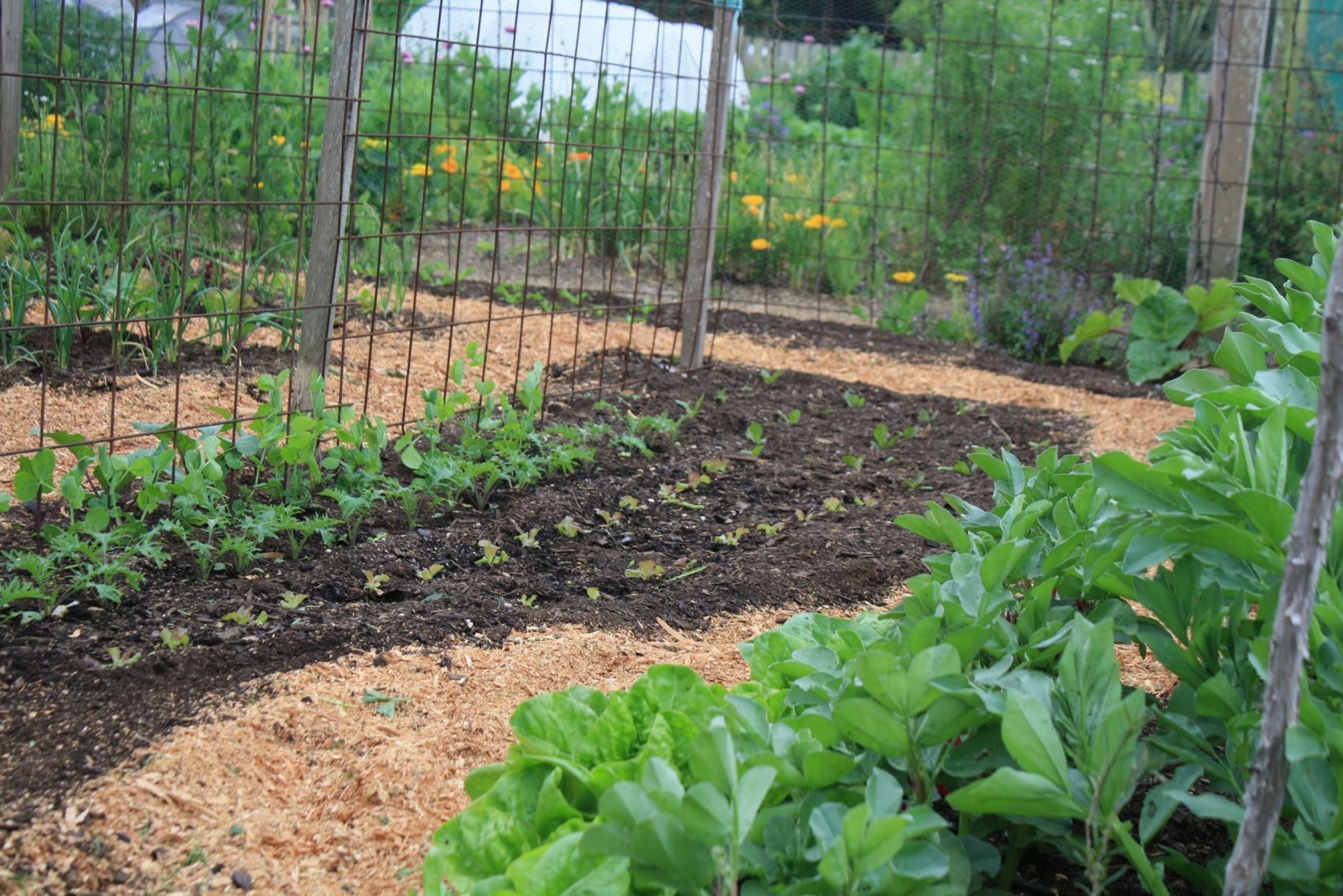
If you are short on cropping space and don't want to give up the space for greencrops, sow or plant light-feeder crops that don't demand much from the soil. Choose either root crops, saladings or legumes. Check my monthly diary to see what best suits.
Start with either a fine layer of home made compost over the bed entire, or if compost is thin on the ground, dollop a little compost + some vermicastings, if you have them, beneath each seedling.
Then plant a mixture of light feeding crops close together so that when grown they'll completely cover the soil. Mulch generously with slashed down, crunched up crop debris mixed with fresh pruning's from companions like borage or lemon balm - whatever is excess.
3. Build a compost
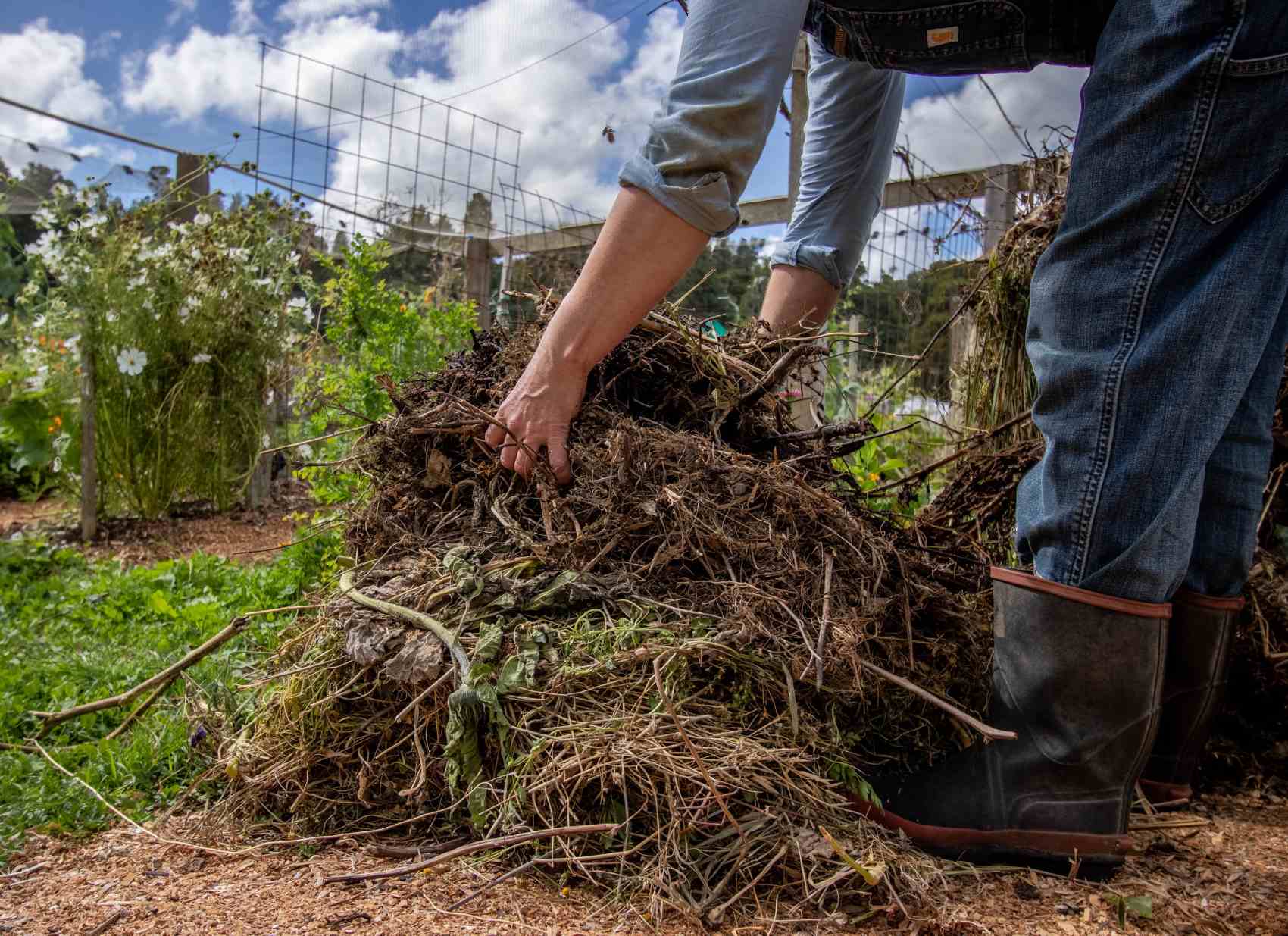
This is the choice for those of you who cannot rehydrate your dry soil because you have no water to spare. It's also the way to go if soil is sodden.
Build an easy peasy compost pile direct, on top of the soil that needs reviving - a most brilliant restoration move.
Shout out to trees + perennials
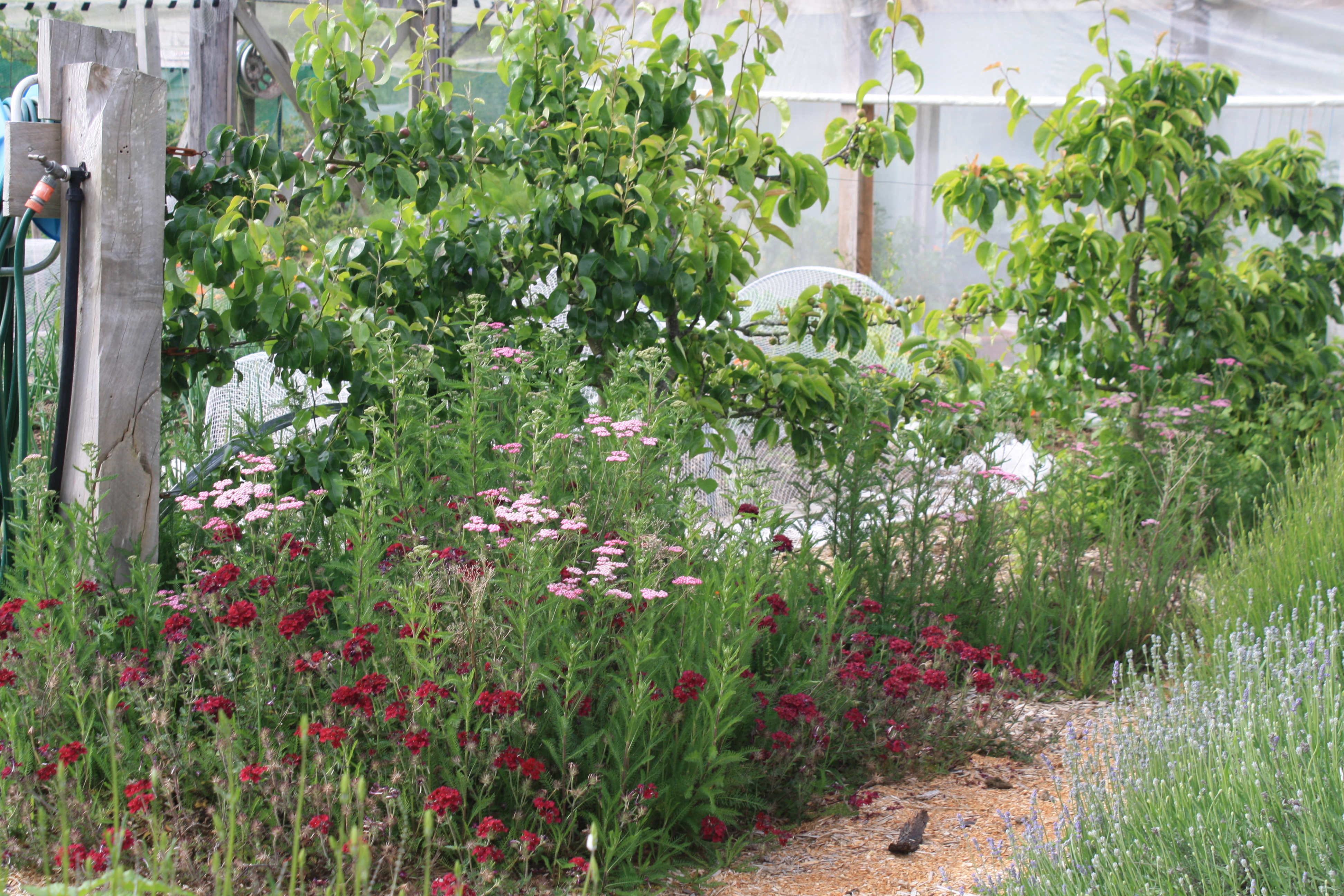
We cannot possibly discuss, restoring knackered soils, without a shout out to trees and perennials. They are the heroes of garden stability. Plant lots aroud the outside edges of your veggie patch.
Their roots reach far and wide - decompacting hard soils, aerating clay and stabilising sand. Soil microbes come in droves attracted by all the carbs exuded at the roots, and when close by the veggie patch become like meals on wheels - getting water and minerals to whom ever needs aide. Make trees and perennials your new besties.
Little by little + over time, build your soil and work away at creating an awesome garden environment, so that even when it doesn't rain for months (or it doesn't stop raining for months), soil stays in good heart.
Expect it to be a little tired by Autumn for sure, but not completely knackered. Be constant - that's what makes the difference.
